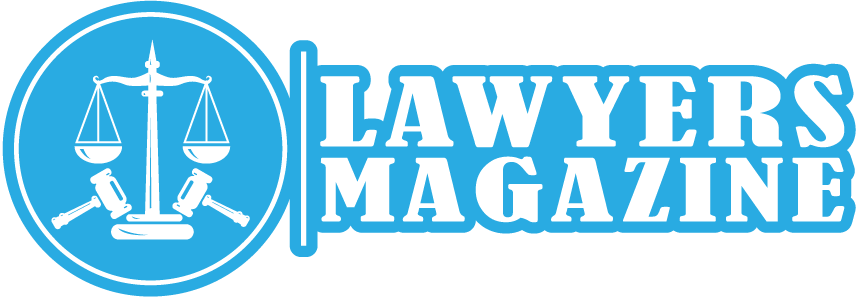Civil courts render money judgments all the time. It is standard practice. But once a money judgment is entered, it’s up to the judgment creditor to handle collection. Collecting is often easier said than done. There are lots of challenges to overcome in the effort to get full payment.
So, what are the biggest challenges judgment creditors need to overcome? The top two are insufficient debtor assets and strict legal requirements.
Insufficient Debtor Assets
The biggest challenge of all involves debtors with insufficient assets. A judgment debtor needs to have access to some sort of financial assets in order to pay. Right? Of course. And what if he doesn’t?
Judgment creditors basically look for four things:
- Stable and sufficient income
- Cash assets
- Property subject to judgment liens
- Nonexempt property subject to writs of execution
A judgment debtor with sufficient and stable income could theoretically agree to a voluntary payment plan. If he had access to cash assets above and beyond his normal income, they could be put toward settlement as a lump sum payment.
In the absence of stable income and cash assets, a judgment creditor needs to look elsewhere for payment. That is where judgment liens and writs of execution come in. Both take advantage of certain types of property that could ultimately be leveraged for payment.
When a Debtor Has Nothing
It’s a real problem for judgment creditors when debtors have nothing to offer. According to Utah judgment collection agency Judgment Collectors, their industry has a name for this. A judgment debtor with insufficient income, little to no cash assets, and no property subject to liens or writs of execution is considered judgment-proof.
He is judgment-proof because he has nothing the creditor could leverage for payment. Getting money from him is like getting blood from a stone.
Strict Legal Procedures
The second challenge is found in strict legal procedures that dictate how creditors can go about collecting. As Judgment Collectors explains, creditors are not allowed to do whatever they want in pursuit of an outstanding judgment. They must follow the procedures set up under state law.
More Time in Court
Utilizing legally authorized collection strategies usually means more time in court. For example, imagine a debtor refusing to enter a voluntary payment plan. The creditor decides to pursue wage and bank account garnishment. He must go back to court to obtain a garnishment order or else he cannot proceed.
Even with a court order in hand, the creditor cannot affect garnishment on his own. He must lead that to the local sheriff’s office.
Creditors need to go back to court to get writs of execution. They need to file documents with a court clerk in order to attach judgment liens. The fact of the matter is that there are rules in place designed to protect debtors against creditor abuse. The associated procedures just create more work for creditors.
Don’t Try to Fight It
If you are a judgment creditor just starting the collection process, here is a word of advice: do not try to fight the system. It is what it is, and you are going to have to work within it. Get outside the system and you not only jeopardize your chances of getting paid, but you could also get yourself into legal trouble.
Your best option might be to call in an agency like Judgment Collectors. Let them deal with the headaches. It’s what they do for a living. Meanwhile, you can get back to doing whatever you do while the collection team makes contact with your debtor and works out a way to pay.
